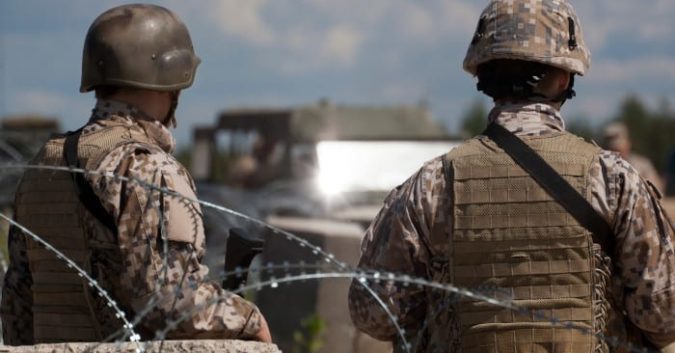Earlier this year, manufacturing giant 3M Company agreed to pay $9.1 Million to settle allegations that it knowingly sold defective earplugs to the U.S. military. The whistleblower case has since raised an unsettling question: Is corporate greed to blame for the military’s “silent epidemic” of hearing loss?
The now-discontinued Combat Arms™ Earplugs Version 2 (CAEv2) were standard equipment for soldiers deployed to Afghanistan and Iraq between 2003 and 2015, when a VA study reported that more than 2.6 million veterans were receiving disability compensation for hearing loss and tinnitus (the perception of ringing or buzzing in the ears).
In those 12 years, the U.S. Defense Logistics Agency had fielded millions of dollars’ worth of Combat Arms earplugs to thousands of service members – with no knowledge of their defects.
What Went Wrong with the CAEv2 Earplugs?
With their dual-ended design, Combat Arms CAEv2 Earplugs were designed to be used as either traditional earplugs or flipped over to provide normal hearing while protecting eardrums from gunfire and explosions.
Yet according to a whistleblower complaint filed in South Carolina federal court by rival earplug maker Moldex-Metric, the noise-cancellation earplugs were too short for proper insertion into users’ ears. This meant they could gradually loosen in some users’ ears, effectively rendering them useless.
The complaint further alleged that employees of 3M and its predecessor, Aearo Technologies, knew about the earplug’s design problems as early as 2000, when the earplugs failed to pass safety tests. While 3M chose to settle the case, the company has admitted no wrongdoing.
Veterans, Noise Exposure, and Hearing Loss
Besides exposure to debris, fire hazards, and toxic substances like asbestos, exposure to the sound of military weapons is a serious problem that warrants serious protection, officials said in the aftermath of the 3M case.
“Properly made safety equipment, for use by our soldiers, is vital to our military’s readiness,” said Frank Robey, director of the Army Criminal Investigation Command’s Major Procurement Fraud Unit. Without it, soldiers are at greater risk of developing hearing loss or tinnitus, the leading service-related disability among U.S. veterans.
“As of 2017, there were over 1.6 million veterans with service-connected tinnitus,” said James Henry, a research career scientist at VA Portland Healthcare System. “Around 80 percent might ignore it, whereas the other 20 percent are irritated to the point that they need clinical services.”
The “dangerously defective” earplugs incurred not only millions of dollars in losses for defective military equipment but “enormous” indirect costs from treating hearing damage in affected veterans.
While there are several risk factors for hearing loss that may not be avoidable, holding faulty earplug manufacturers accountable is a step in the right direction to protect active service members from fraudulent conduct.
